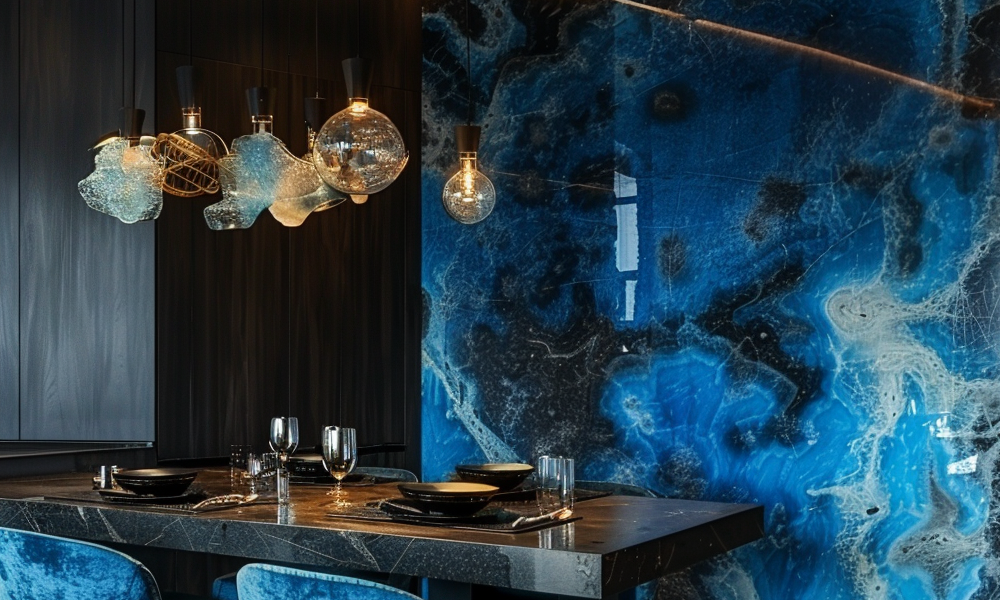
The Art of AI: Elevating Interior Design and Image Enhancement
In the domain of interior design, the fusion of creativity with cutting-edge technology has always been a harbinger of innovation. The advent of Artificial Intelligence (AI) in this field is no exception, offering a transformative approach to design and image enhancement. AI is not just a tool for efficiency; it is a collaborative partner that brings a new level of sophistication to the visual presentation and conceptualization of interior spaces.
AI-powered design tools are revolutionizing the industry by enabling designers to create more accurate and detailed visualizations of their concepts. These tools can analyze countless design trends and data points, providing suggestions that align with current styles or even predict future trends. This predictive capability allows designers to stay ahead of the curve and offer clients cutting-edge design solutions.
One of the most significant advantages of using AI in interior design is the ability to create highly personalized spaces. AI algorithms can process information about a client’s preferences, lifestyle, and even their social media activity to tailor design solutions that resonate on a deeply personal level. This bespoke approach ensures that each design is not only aesthetically pleasing but also intrinsically aligned with the client’s identity and functional needs.
In terms of image enhancement, AI is a game-changer for the visualization of interior design projects. High-quality, enhanced images are crucial for clients to visualize the final product, and AI can optimize these images to better reflect the intended design. AI can adjust lighting, textures, and colors to produce lifelike renderings that are almost indistinguishable from real photographs. This level of realism helps clients make informed decisions and reduces the time spent on revisions.
AI also democratizes design by making it more accessible. Virtual staging software, for instance, allows users to experiment with different furniture arrangements, color schemes, and decor items in a virtual space. This technology not only helps professional designers but also empowers homeowners and real estate professionals to create attractive interiors that can lead to quicker sales and higher selling prices.
Furthermore, AI-driven tools are streamlining the design process by automating time-consuming tasks such as creating floor plans and generating 3D models. This automation frees up designers to focus on the more creative aspects of their work, enhancing productivity and allowing for a greater emphasis on innovation and craftsmanship.
AI’s capability for rapid prototyping is another boon for interior designers. Designers can quickly generate multiple design variations, making it easier to explore different options and refine ideas. Clients can virtually walk through different designs, experiencing changes in real-time, which significantly enhances the collaborative process between the designer and the client.
Despite the numerous advantages, the integration of AI into interior design also comes with considerations. Designers must ensure that the technology serves to enhance human creativity, not replace it. The goal is to use AI as a tool that complements the designer’s expertise and vision.
In conclusion, the use of AI in interior design and image enhancement represents a significant leap forward for the industry. It offers personalized, sophisticated, and efficient solutions that benefit both designers and clients. As AI technology continues to evolve, its role in interior design will undoubtedly expand, leading to more innovative and responsive design practices that push the boundaries of what is possible in creating and visualizing interior spaces.
